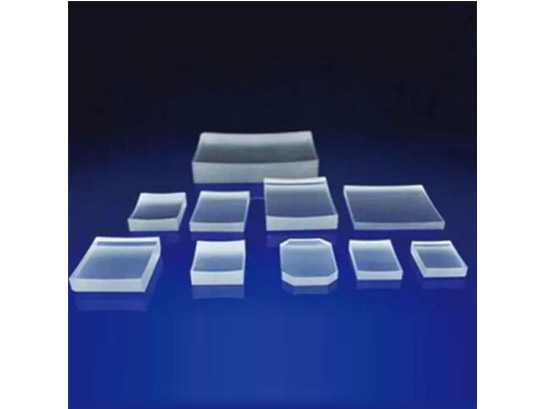How to Determine the Requirements for Optical Glass?
As a Precision Optics Manufacturer, share with you.
As a automatic shrink packing machine, share with you.
There are many types of glass, of which optical glass is one of them, which can change the direction of light propagation. It is widely used in lenses, prisms, etc. of optical instruments. Optical glass is not better than ordinary glass, and the requirements for the quality of optical glass are also very high. The difference between optical glass and other glasses is that as an integral part of the optical system, it must meet the requirements of optical imaging.

Custom Optical Windows
Therefore, the judgment of the quality of optical glass also includes some special and stricter indicators. There are the following requirements for optical glass:
1. The specific optical constants and the consistency of the optical constants of the same batch of glass
Each type of optical glass has a prescribed standard refractive index value for different wavelengths of light, which serves as the basis for optical designers to design optical systems. Therefore, the optical laser focusing lens constants of the optical glass produced by the factory must be within a certain allowable deviation range of these values, otherwise the actual imaging quality will not match the expected result during the design and the quality of the optical instrument will be affected.
At the same time, since the same batch of instruments are often made of the same batch of optical glass, in order to facilitate the unified calibration of the instruments, the allowable deviation of the refractive index of the same batch of glass is more stringent than their deviation from the standard value.
2. A high degree of transparency
The image brightness of the optical system is proportional to the transparency of the glass. The transparency of optical glass to light of a certain wavelength is expressed by the light absorption coefficient Kλ. After the light passes through a series of prisms and lenses, part of its energy is lost by the interface reflection of the optical parts and the other part is absorbed by the medium (glass) itself. The former increases with the increase of the refractive index of the glass. For high-refractive-index glass, this value is very large. For example, the light reflection loss on one surface of the mirror glass is about 6%.
Therefore, for an optical system containing multiple thin lenses, the main way to increase the transmittance is to reduce the reflection loss on the lens surface, such as coating the surface with an anti-reflection coating. For large-sized optical parts such as the objective lens of an astronomical telescope, the transmittance of the optical system is mainly determined by the light absorption coefficient of the glass itself due to its large thickness. By improving the purity of the glass raw materials and preventing any coloring impurities from mixing in the entire process from batching to smelting, the light absorption coefficient of the glass can generally be made less than 0.01.
Our company also has Custom Optical Windows on sale, welcome to contact us.